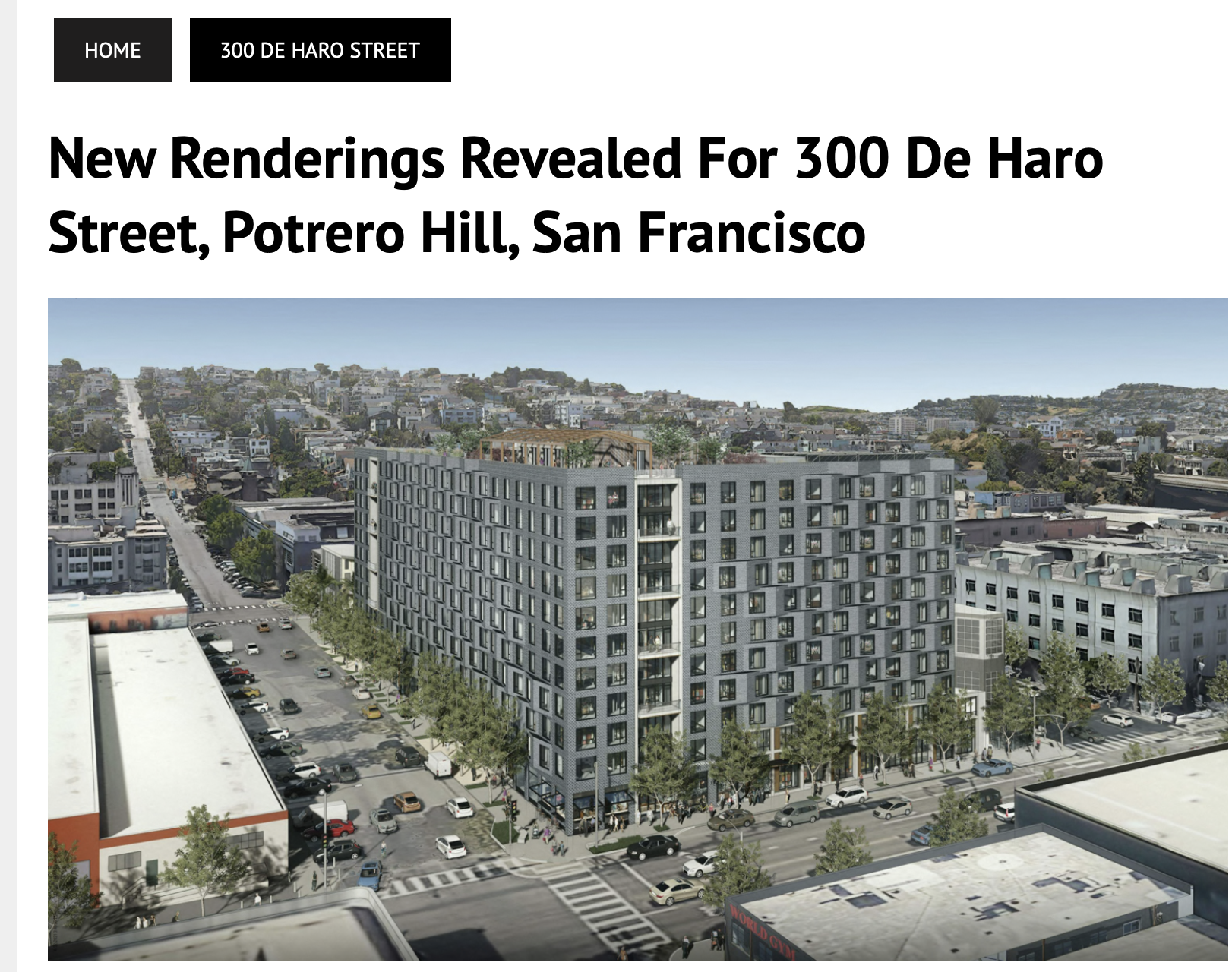By Raymond Lorber : via email: (pulblished on Marinij)

George Washington was born on Feb. 22, 1732, 289 years ago. Each year, as we celebrate his birthday, we reflect upon Washington’s wisdom and character.
On Washington’s birthday, a review of his farewell address (1796) reminds us to be cautious of the thinking of our current government leaders. He warned us that, “It is important … that the habits of thinking in a free country should inspire caution in those entrusted with its administration, to confine themselves within their respective constitutional spheres, avoiding in the exercise of the powers of one department to encroach upon another.”
With the recent happenings at the Capitol Building in Washington, D.C., we have seen firsthand why Washington expressed this concern. We saw the power of the executive branch encroach upon the power of the legislative branch. This could have been prevented if only we had taken Washington’s advice and exercised “caution in those we entrusted with the administration, to confine themselves within their respective constitutional spheres.”
Washington’s words of caution also ring loud and clear in our local government. State legislators are submitting housing bills that will enable the state to control housing decisions. They propose to override the local control currently administered by our cities and counties with the intention of replacing our single-family homes with high density housing.
In the 2021-2022 legislative session, senators have submitted bills SB 7, SB 8, SB 9 and SB10. Every one of these bills have clauses that override local control. State legislators are encroaching on the city’s rights with a goal to control and dictate neighborhood zoning from Sacramento.
SB 7, coauthored by senators Lena Gonzalez and Susan Rubio, nullifies local control. It states, “because the bill would require the lead agency to prepare concurrently the record of proceedings for projects that are certified by the Governor, this bill would impose a state-mandated local program.”
SB 8, authored by Sen. Anna Caballero, promotes an override of local jurisdiction when a density bonus applies. It states, “when an applicant seeks a density bonus for a housing development within, or for the donation of land for housing within, the jurisdiction of a city, county, or city and county, that local government shall comply with this section.”
SB 9, coauthored by senators Mike McGuire and Gonzalez, as well as Assembly member Robert Rivas, overrides local control. It states, “the bill would set forth what a local agency can and cannot require in approving the construction of two residential units.”
SB 10, coauthored by senators Toni Atkins and Caballero, as well as Rivas, limits local control for proposed 10-unit housing. It states, “notwithstanding any local restrictions on adopting zoning ordinances enacted by the jurisdiction, including restrictions enacted by a local voter initiative, that limit the legislative body’s ability to adopt zoning ordinances, a local government may pass an ordinance to zone a parcel for up to 10 units of residential density per parcel, at a height specified by the local government in the ordinance.”
Are 10-unit complexes, on a single-family lot, appropriate for downtown Sausalito or for Mill Valley? (analysis of the latest amended version, may indicate up to 14 per site may be allowed.)
Furthermore, our governor is promoting a bill that would place state employees as monitors in the meetings of our supervisors, our city council members and our planning committees. The objective of these monitors is to “hold local governments accountable to increase housing production.”
In addition to the state encroachment, the regional authorities are infringing upon the local governments. The Regional Housing Needs Allocation (RHNA) for the next cycle disregards the water supply or the sewage resources needed to support 2,785 additional units in San Rafael or the 1,018 units in Larkspur. The RHNA numbers do not take into consideration each particular city’s resources for supporting the additional housing.
“One size fits all” state and regional mandates are drastic encroachment measures that take away local control from our cities, counties and planning commissions. This overstepping is what Washington cautioned in his farewell address. Our current government leaders need to consider the wisdom and character of Washington.
Raymond G. Lorber, of San Rafael, is the author of “George Washington’s Providence.”



